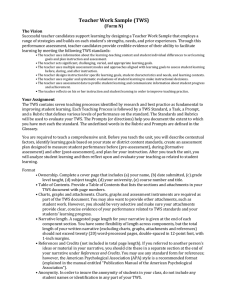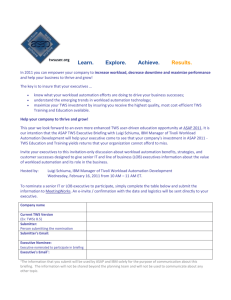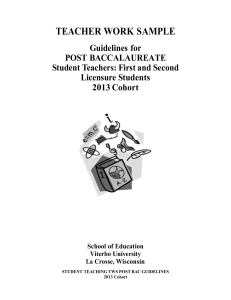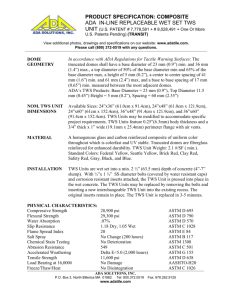PROTEIN PHOSPHATASE 2A (PP2A) IS REQUIRED FOR THE
advertisement
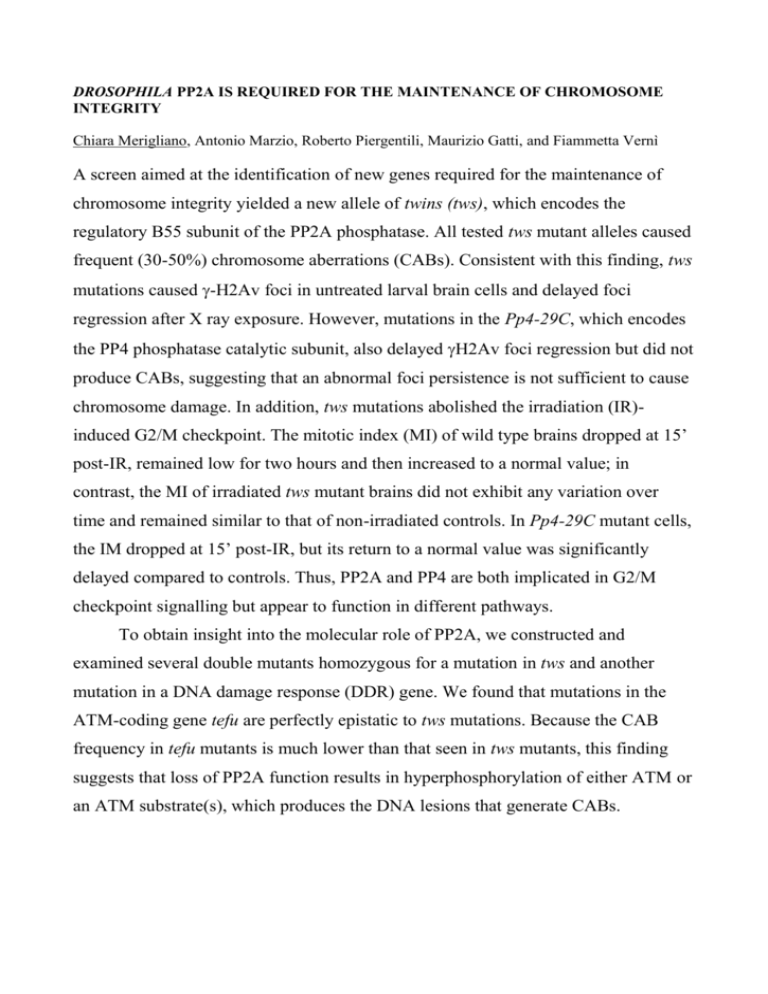
DROSOPHILA PP2A IS REQUIRED FOR THE MAINTENANCE OF CHROMOSOME INTEGRITY Chiara Merigliano, Antonio Marzio, Roberto Piergentili, Maurizio Gatti, and Fiammetta Vernì A screen aimed at the identification of new genes required for the maintenance of chromosome integrity yielded a new allele of twins (tws), which encodes the regulatory B55 subunit of the PP2A phosphatase. All tested tws mutant alleles caused frequent (30-50%) chromosome aberrations (CABs). Consistent with this finding, tws mutations caused -H2Av foci in untreated larval brain cells and delayed foci regression after X ray exposure. However, mutations in the Pp4-29C, which encodes the PP4 phosphatase catalytic subunit, also delayed H2Av foci regression but did not produce CABs, suggesting that an abnormal foci persistence is not sufficient to cause chromosome damage. In addition, tws mutations abolished the irradiation (IR)induced G2/M checkpoint. The mitotic index (MI) of wild type brains dropped at 15’ post-IR, remained low for two hours and then increased to a normal value; in contrast, the MI of irradiated tws mutant brains did not exhibit any variation over time and remained similar to that of non-irradiated controls. In Pp4-29C mutant cells, the IM dropped at 15’ post-IR, but its return to a normal value was significantly delayed compared to controls. Thus, PP2A and PP4 are both implicated in G2/M checkpoint signalling but appear to function in different pathways. To obtain insight into the molecular role of PP2A, we constructed and examined several double mutants homozygous for a mutation in tws and another mutation in a DNA damage response (DDR) gene. We found that mutations in the ATM-coding gene tefu are perfectly epistatic to tws mutations. Because the CAB frequency in tefu mutants is much lower than that seen in tws mutants, this finding suggests that loss of PP2A function results in hyperphosphorylation of either ATM or an ATM substrate(s), which produces the DNA lesions that generate CABs.



